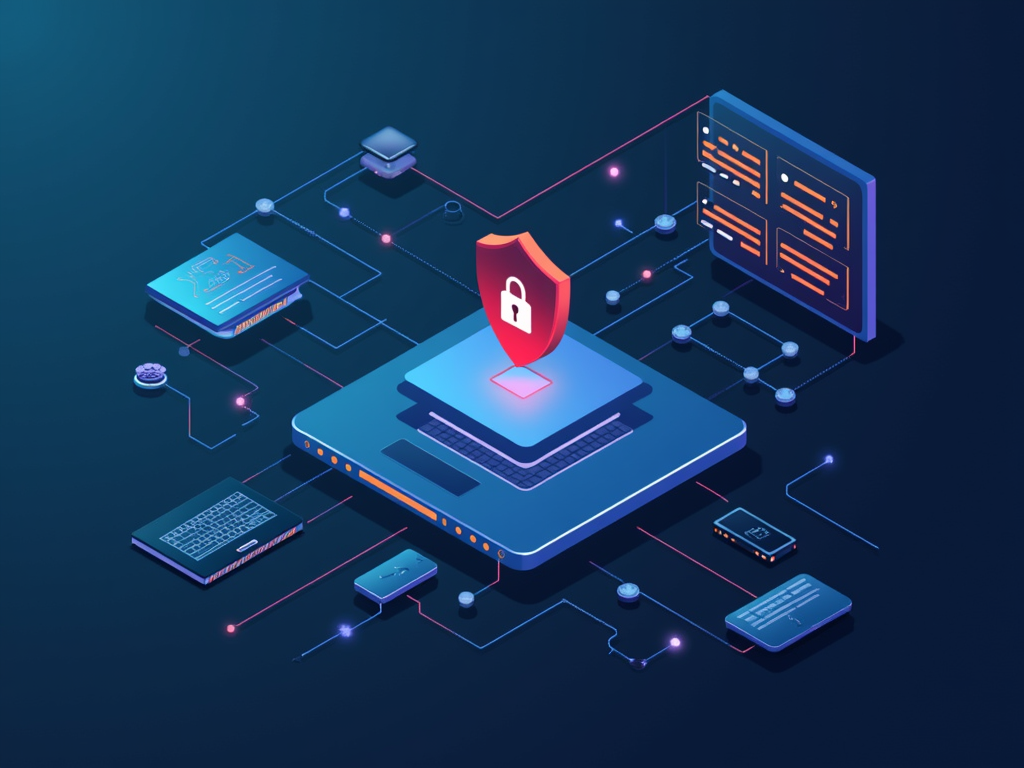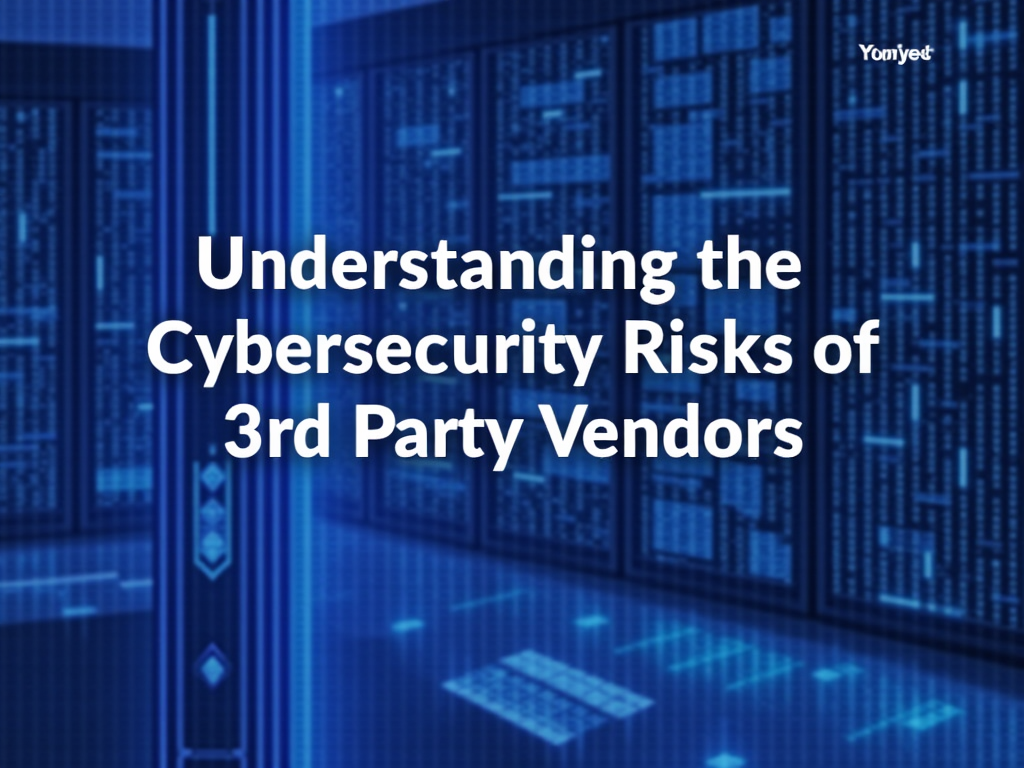Using Executive Buy-In for Cybersecurity Initiatives
As the world becomes increasingly reliant on technology, the importance of cybersecurity cannot be overstated. With the constant threat of cyber attacks and data breaches, organizations are looking for ways to stay ahead of the curve and protect their digital assets. One strategy that has gained popularity is using executive buy-in to drive cybersecurity initiatives.
What is Executive Buy-In?
Executive buy-in refers to the process of gaining support and commitment from top-level executives within an organization to implement a new initiative or project. In the context of cybersecurity, this means getting senior leaders to understand the importance of cybersecurity and agree to invest resources in protecting their organization’s digital assets.
Why is Executive Buy-In Important for Cybersecurity?
There are several reasons why executive buy-in is crucial for cybersecurity initiatives:
- Prioritization: Without executive buy-in, cybersecurity initiatives may not be prioritized, leaving organizations vulnerable to attacks.
- Resource allocation: Executives must commit resources (time, budget, personnel) to ensure the success of cybersecurity initiatives.
- Strategic alignment: Executive buy-in ensures that cybersecurity initiatives align with overall organizational goals and objectives.
How to Achieve Executive Buy-In
To achieve executive buy-in for cybersecurity initiatives, follow these steps:
1. Develop a Compelling Business Case
Create a comprehensive business case outlining the benefits of investing in cybersecurity, including:
- Reduced risk of data breaches or cyber attacks
- Compliance with regulatory requirements
- Protection of brand reputation and customer trust
- Cost savings through reduced incident response and remediation efforts
2. Leverage Data and Statistics**
Provide executives with concrete data and statistics highlighting the impact of cybersecurity threats on their organization, such as:
- The number of successful cyber attacks in your industry or region
- The financial costs associated with responding to a data breach
- The reputational damage resulting from a security incident
3. Highlight Cybersecurity’s Role in Strategic Initiatives**
Show executives how cybersecurity plays a critical role in supporting strategic initiatives, such as:
- Digital transformation and innovation
- Compliance with emerging regulations (e.g., GDPR, HIPAA)
- Customer trust and loyalty
4. Demonstrate ROI and Cost Savings**
Quantify the return on investment (ROI) for cybersecurity initiatives by highlighting cost savings and revenue growth opportunities, such as:
- Reduced incident response and remediation costs
- Increased efficiency through automation and streamlining
- Improved customer satisfaction and retention
5. Engage with Executives and Build Relationships**
Establish a relationship with executives by:
- Meeting regularly to discuss cybersecurity initiatives
- Providing regular updates on project progress and status
- Offering insights and recommendations to support their strategic goals
Conclusion
Achieving executive buy-in for cybersecurity initiatives is crucial for driving meaningful change within an organization. By developing a compelling business case, leveraging data and statistics, highlighting the role of cybersecurity in strategic initiatives, demonstrating ROI and cost savings, and engaging with executives, you can build a strong foundation for successful cybersecurity projects.
Remember, securing executive buy-in is just the first step. It’s essential to maintain momentum and continue to educate and engage executives throughout the project lifecycle. With their support, your organization will be better equipped to address the ever-evolving threat landscape and protect its digital assets.



